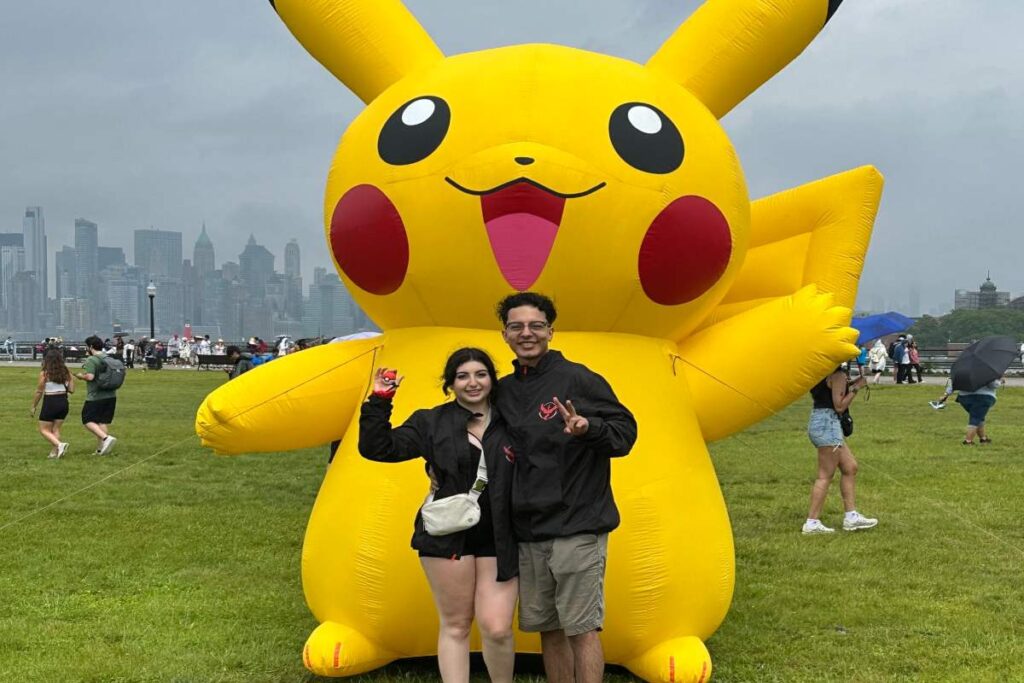It doesn’t take much to unite people. This truth was reinforced in 2016 when a mobile game brought strangers together in Stockholm, Sweden. Its name is Pokémon GO.
The game, which had been newly launched at the time, had hundreds of people running through the city in a rare, beautiful moment of excitement. “This was the closest humanity ever came to world peace,” said an April 2025 X user referring to the event.
The X user used the statement to quote a video post of Swedish residents running to find the Snorlax, one of the Pokémons in the game. The post caught the attention of nearly a million other users who reminisced about their excitement while playing the game.
Here, we will go back into 2016 to find out why the game was such a hit. We will also look at how Pokémon GO fared since then, plus its plans for the future.
When Was Pokémon GO Created?
Pokémon GO was released on July 6, 2016, by San Francisco-based mobile game developer Niantic Games. Niantic collaborated with The Pokémon Company, a Nintendo-owned corporation that manages the Pokémon franchise from its base in Japan.
Niantic released the game on both iOS and Android OS platforms. Pokémon GO is an augmented reality (AR) game that uses GPS to direct players to virtual monsters or Pokémon scattered around the player’s environment.
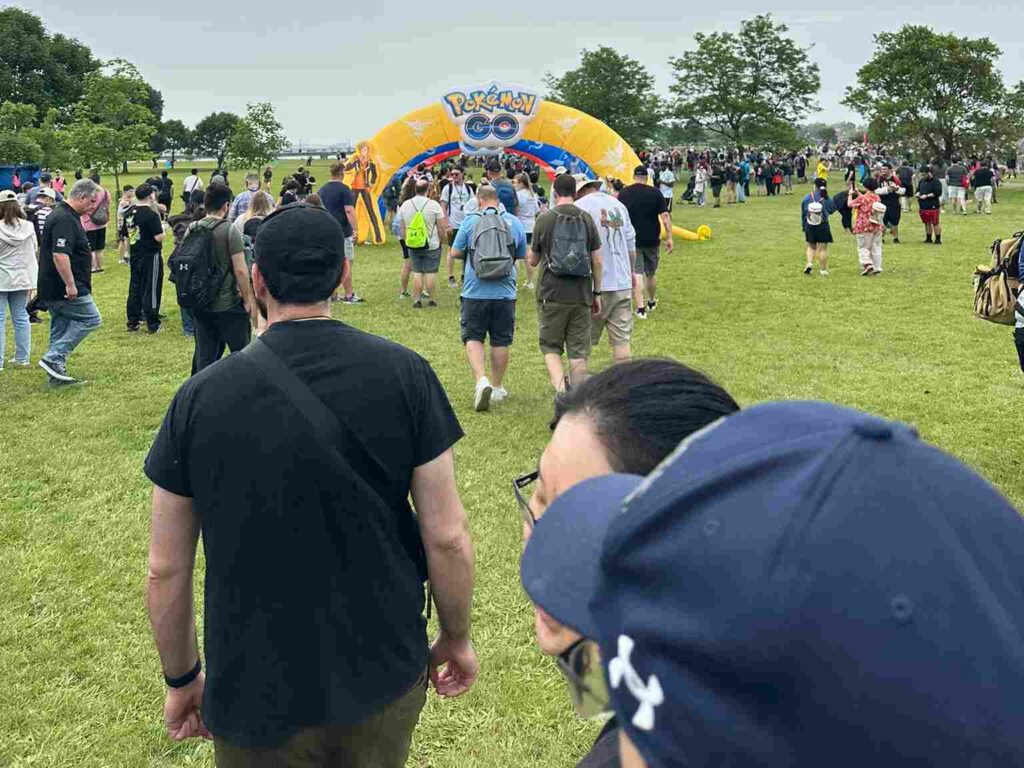
These Pokémon are virtual creations that appear on the player’s camera as if they are physically in the location. When players catch these monsters, they can groom them into warriors to fight one another.
This is possible through an in-game currency known as Candy. With each candy, the Pokémons become stronger and more battle-ready.
Pokémon GO is a reimagination of a mid-1990s computer game involving these Pokémon characters. The earlier Pokémon games were popular on the Nintendo Game Boy. Pokémon later branched into cartoons, trading cards, and finally, a smartphone game.
The game featured Pokéstops, which are landmark locations, and Pokéballs, items that players need to throw to capture the creatures. After training the captured Pokémons, players then take them to the Gym where they battle with others.
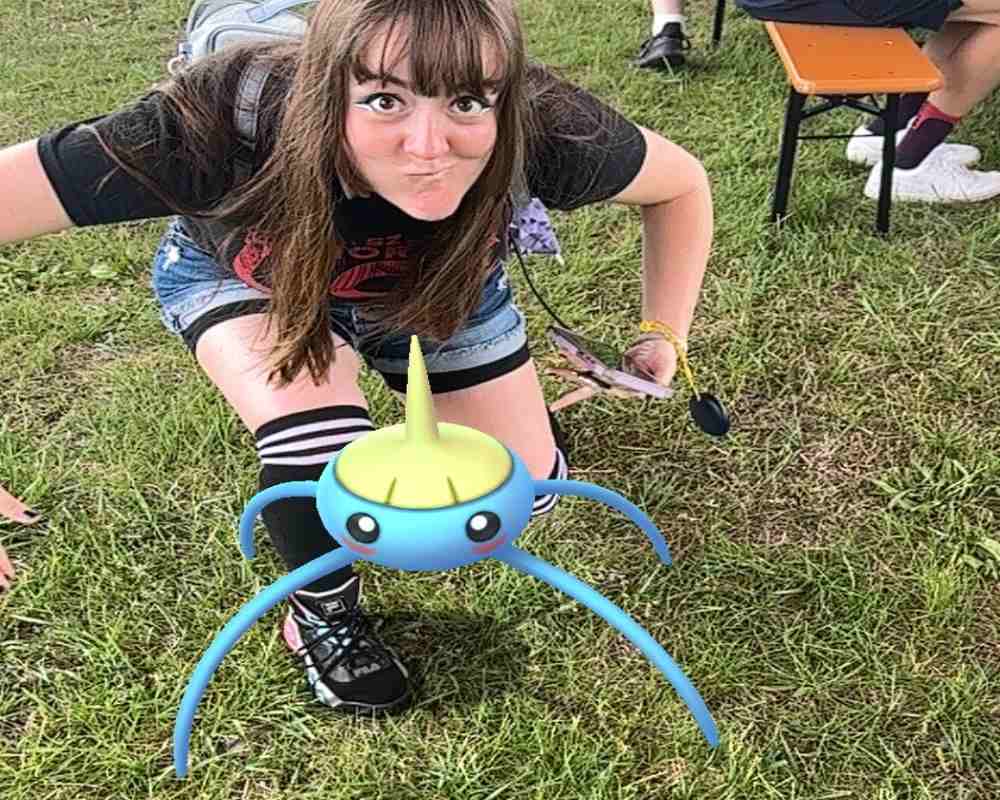
Players can also collaborate and plan Raid Battles against the more formidable Pokémons. Pokémon hosts the games in selected locations around the world.
With each edition, there are new features, challenges, and a different script. In the same year, 2016, the game lit up the city of Stockholm, as well as many other locations in the United States, Australia, and across Europe.
The Pokémon GO Excitement
When Pokémon is in progress, residents of host areas can expect to see crowds of players outdoors chasing after virtual objects. Host cities witness a spike in walking activities throughout the duration.
Also, the game fostered unity and social interaction. More people got to meet one another, thanks to the games’ collaborative features. Pokémon GO is also a boost for businesses situated near landmarks. The crowds that converged around such locations translated to higher sales.
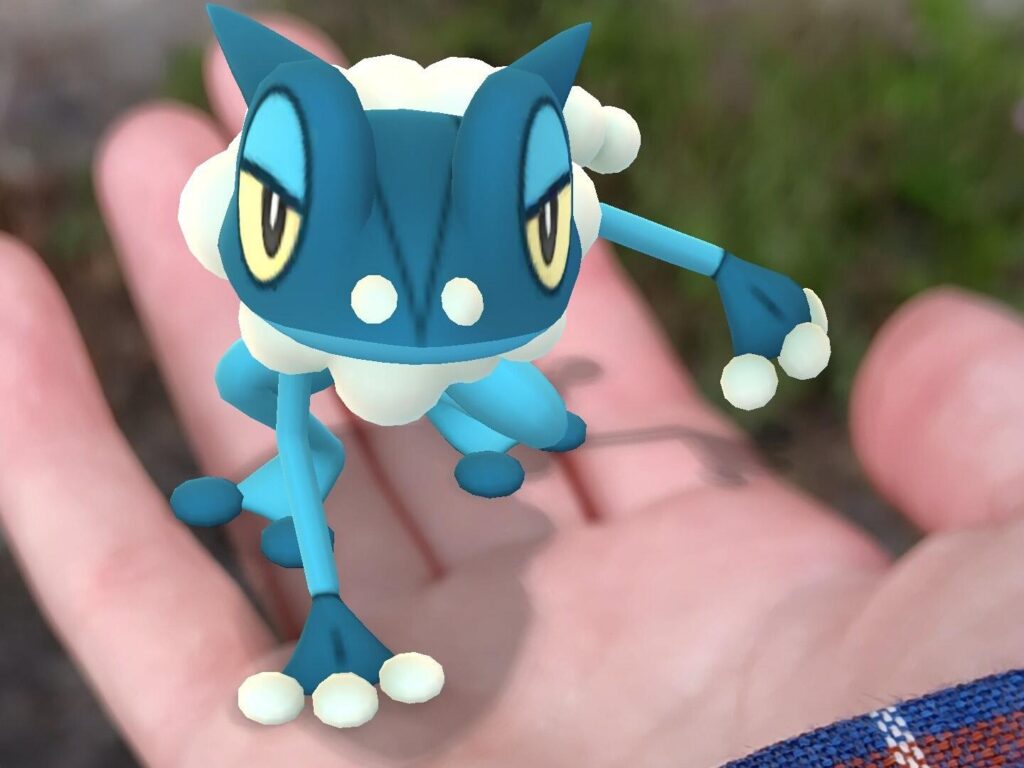
The increased interaction and harmony between people were beautiful to watch. It was an event that would be remembered for many years afterward. Little wonder that nearly a decade later, it has now become the subject of a viral tweet.
People who were likely part of the excitement commented under the tweet to express their views on the event. “Literally, the best time in history,” one X user commented. “Pokémon had everybody outside,” read another comment.
“Nah fam, that Snorlax hunt was peak human unity,” one person wrote. Many other comments stated that they missed the event and wanted to experience the thrill once again.
What Is the #1 Rarest Pokémon in Pokémon GO?
If you get immersed in the exciting world of Pokémon GO, you will discover that some Pokémon are more elusive than others. Although the answer to what Pokémon is the rarest is subjective, many opinions point to Armored Metwo.
In the history of the game, very few people have come across Metwo. That’s because it has only shown up twice. The first time was during the special raids in 2019. The other was just a few months later during the Pokémon Day festivities of February 2020.
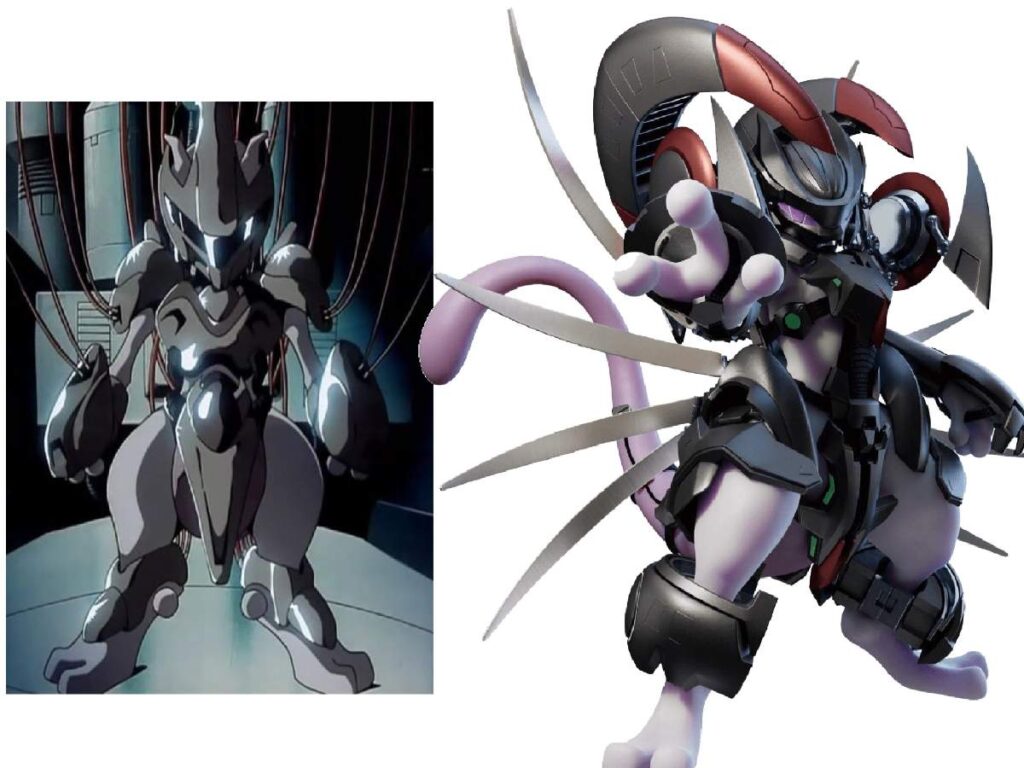
Since then, the Pokémon hasn’t been seen. The available ones are from players who captured them during their two appearances. To obtain them, one would have to make a trade with the current owners.
Aside from the Armored Metwo, the Clone Charizard, Blastoise, Venusaur, and Pikachu are also scarce. The four Pokémons were introduced during Pokémon Day 2020. Since then, they haven’t reappeared and aren’t likely to make a comeback until another special event.
Why Is Pokémon GO No Longer Popular?
Pokémon GO is no longer a crowd puller because of a combination of factors. One of them was the embarrassing technical glitches it faced as millions of users began downloading the game. The existing infrastructure was unable to handle the crowd, resulting in severe outages.
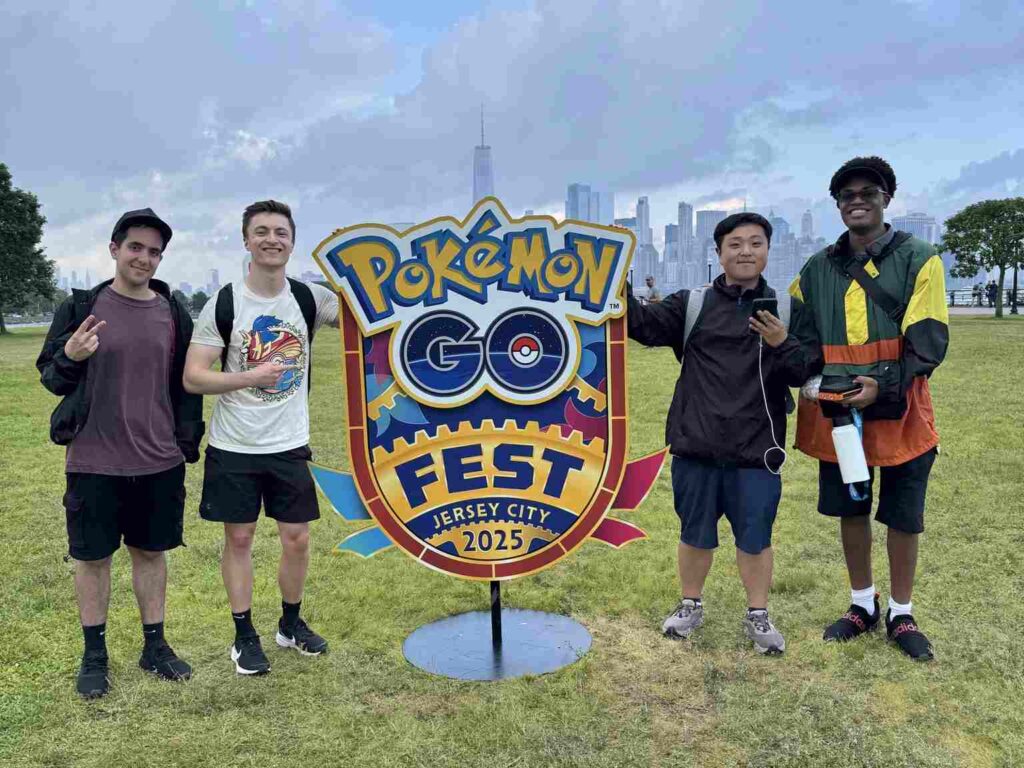
Commercially, the game was an instant hit, with more than 100 million people downloading it from the Google Play Store. Another reason for the drop in use was the repetitive gameplay, which bored many users.
Signs that Pokémon GO wouldn’t reign for very long began to show the very year of its release. Just one month after its launch, the buzz it created had started to wane. The proof was in the number of players who were calling it quits.
As of mid-August 2016, reports indicated that about 10 million players had abandoned the game. The game’s manufacturers would have expected the excitement to drop after a while. But they were likely not expecting the thrill to fade in just a short time.
At the time the huge drops were reported, the developers had advanced in plans to try out other markets such as Asia and Latin America. By the time they reached out to the new countries, much of the momentum had been lost.
Although the game still has an army of faithful users, things are different at the moment. The number of monthly users right now is nowhere near the early days of release.
What Could the Future of Pokémon GO Look Like?
After close to a decade since its release, Pokémon GO has changed ownership. Niantic sold the game to a Saudi-based company, Scopely. The sale was announced on March 2o25, for a whopping $3.5 billion.
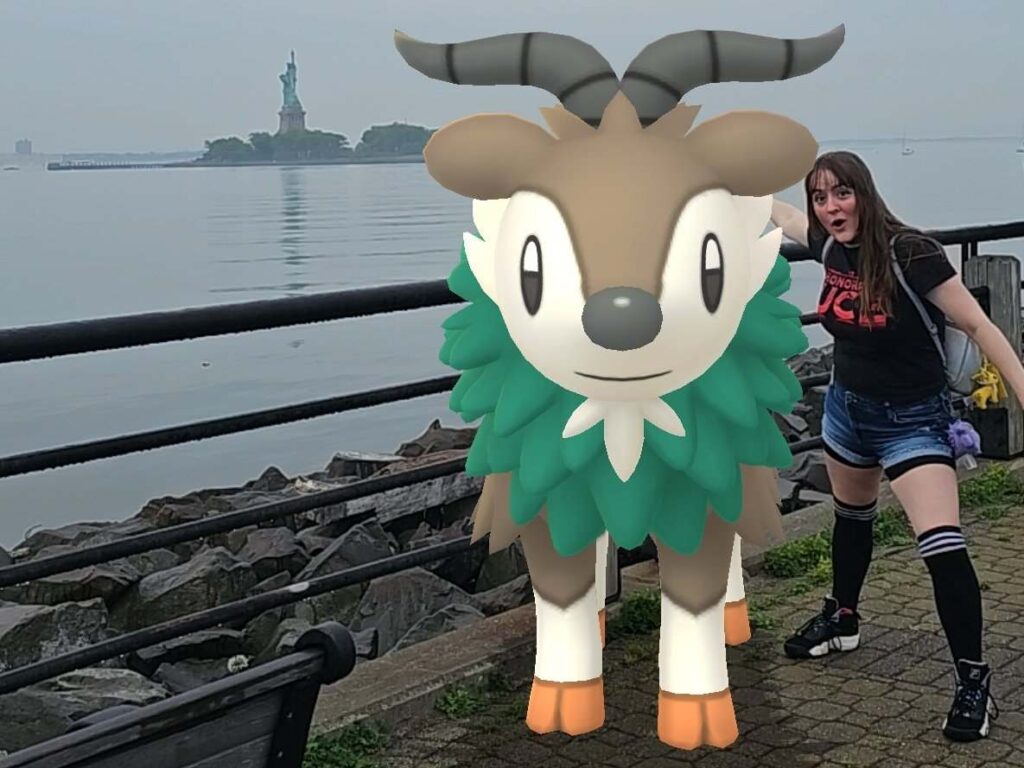
Scopely is no stranger to game development and management itself. It was the publisher of Pokémon GO’s sister game, Monopoly GO. Although the announcement didn’t include any planned changes to the game, its new owners are likely looking at ways to profit from their latest acquisition.
One of the two more likely ways they could achieve that is to introduce one game-changing feature that could make Pokémon GO the rave of the moment again. The other, which users may not like, is to sell the game.
If they opt for this, then we can kiss goodbye the dream of seeing hundreds of players on the streets again. The new owners will only care for the revenue and not the popularity.
Already, Monopoly GO is monetized. What’s stopping Scopely from trying the same formula? After all, not everyone cares so passionately about “world peace.” The world will have to find other ways to take care of itself.


